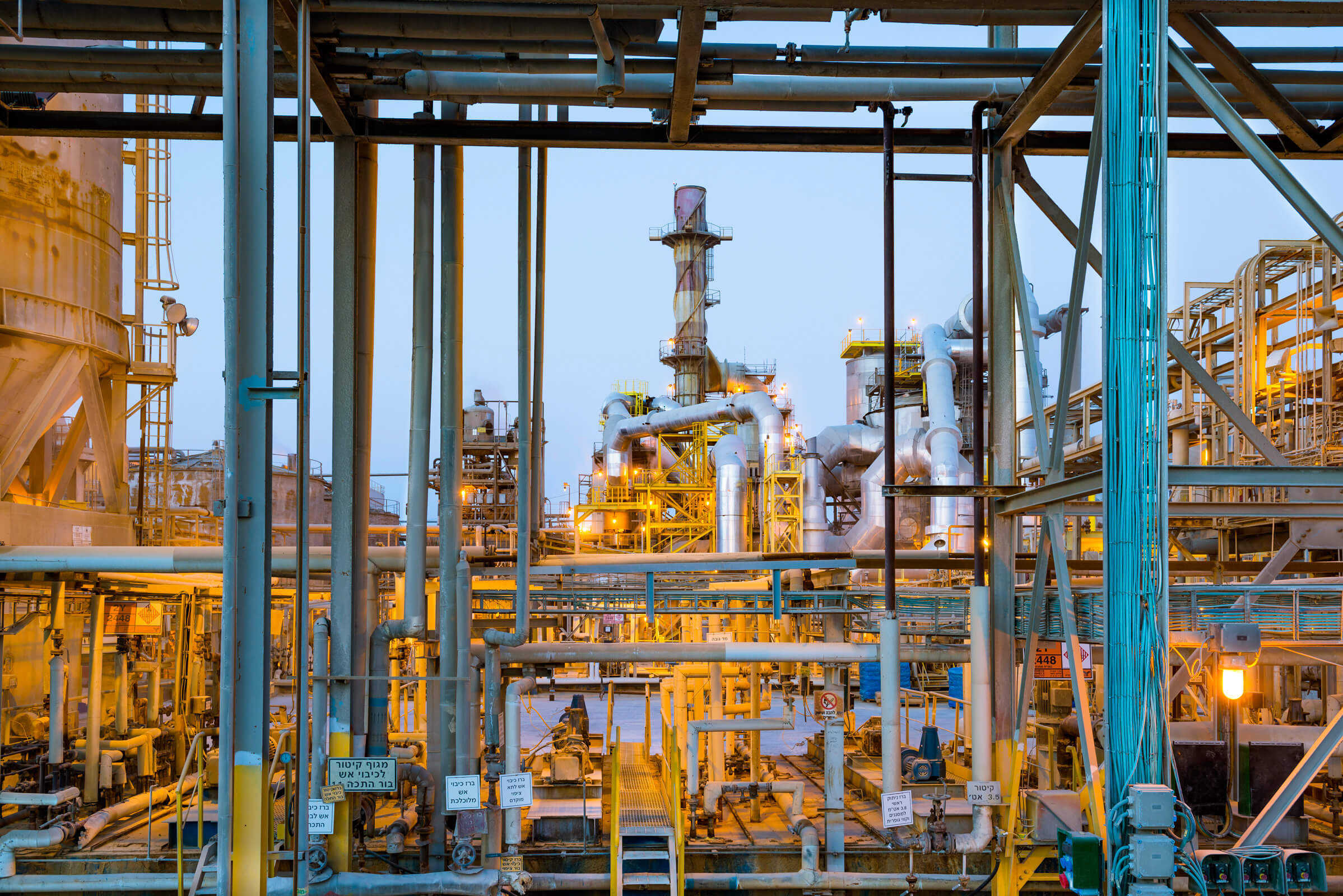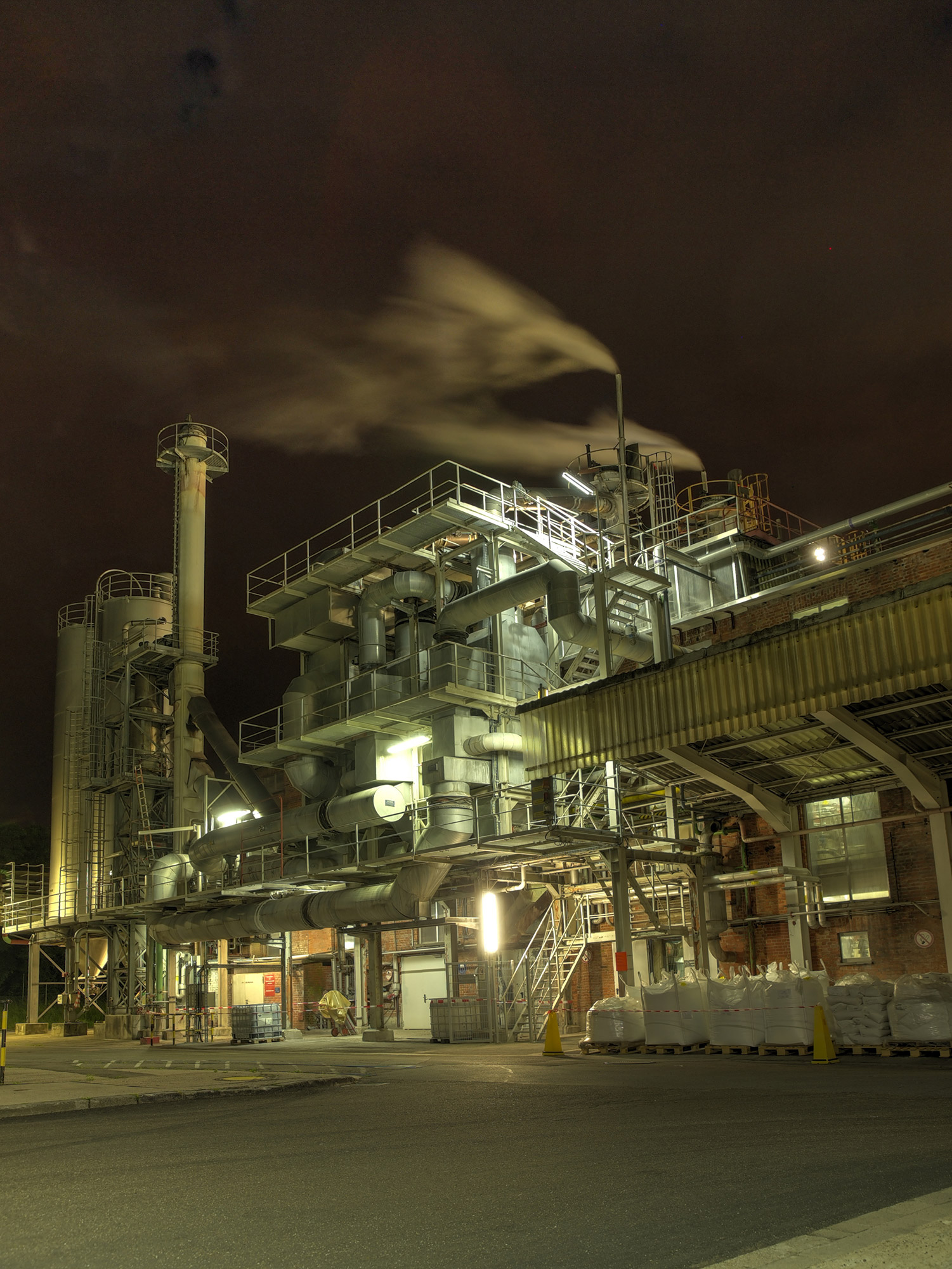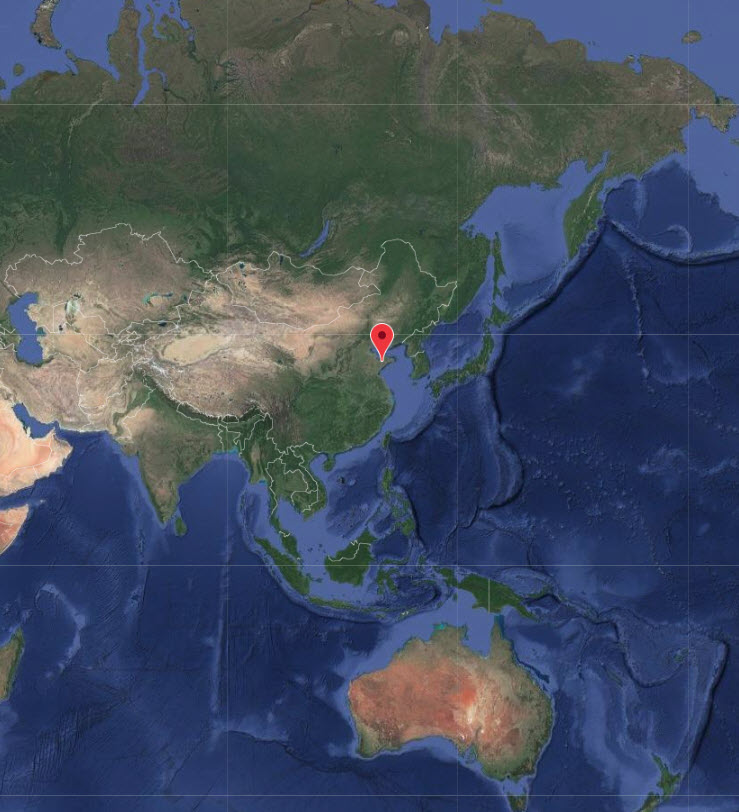Energy
ICL strives to continuously improve energy efficiency and decrease its emissions. It is doing so by increasing its use of clean and renewable energy, utilizing highly efficient electricity production units (natural gas based co-generation) and implementing multi-year energy efficiency programs. \
All industrial activity requires energy. Our energy consumption is both direct and indirect. Direct energy is energy produced by burning fuel, mainly used to operate steam boilers, electricity generators and similar installations at our sites, as well as fuel for vehicles. Indirect energy use is mainly via our purchase of electricity and steam from external suppliers.
There are two types of energy sources: non-renewable energy, which is derived from fossil fuels, and renewable energy sources, such as hydropower, sun and wind. Energy derived from non-renewable fossil fuels contribute to emissions of both health-related air pollutants as well as greenhouse gases. Though we use fossil fuels, such as diesel, fuel oil and oil shale, we are increasing our energy input from natural gas (a cleaner fuel).
Note: In the charts below, 2008 appears as the base year used by ICL to measure our long-term performance (in addition to short-term, year by year performance).
Total direct energy consumption by fuel
Natural gas is now the most abundant fuel in our annual fuel mix. We strive to continuously improve energy efficiency and to decrease our emissions by increasing our use of clean and renewable energy.
ENERGY EFFICIENCY - OUR GOAL IS TO REACH AN ANNUAL SAVING OF $45 MILLION IN ENERGY COSTS BY 2020.
In 2017, ICL’s total energy consumption remained almost constant (an increase of less than 1% compared to 2016). Direct Energy has slightly increased while Indirect energy has slightly decreased, due to a higher rate of electricity self-production of electricity at some ICL sites – a trend which is expected to strengthen with the full operation of the new Sdom power plant in 2018.
Total direct energy consumption by geographical regions
Total indirect energy consumption by geographical region
The 18% increase in total energy consumption between the years 2015 to 2016 was impacted by the return to full production capacity of several of our largest energy consuming sites, following a prolonged worker-strike at these sites in 2015. It was also derived from the addition of ICL China YPH JV, a major, recently acquired operation, to our reporting scope in 2016. A portion of the increase was offset by our extensive energy savings initiatives. Therefore, despite the addition of the YPH JV in 2016, ICL’s energy consumption was almost identical to our consumption in 2014.

Energy per Production
USING RENEWABLE ENERGY
As renewable energy becomes more readily available, countries worldwide have encouraged and developed large-scale use of this clean energy. We are gradually increasing our purchase of renewable-based external electricity and steam in the countries where we operate and where such sources are available.
Most ICL Europe and Brazil production sites are purchasing electricity from suppliers who partially use renewable sources for power generation in their fuel mix. ICL Austria Hartberg is effectively 100% carbon neutral in remote energy usage as it only consumes renewable electricity (mainly from hydro-power) and renewable steam (produced from renewable-certified wood chips).
We are also engaged in research and development of bromine batteries intended for renewable energy storage.
Read More






